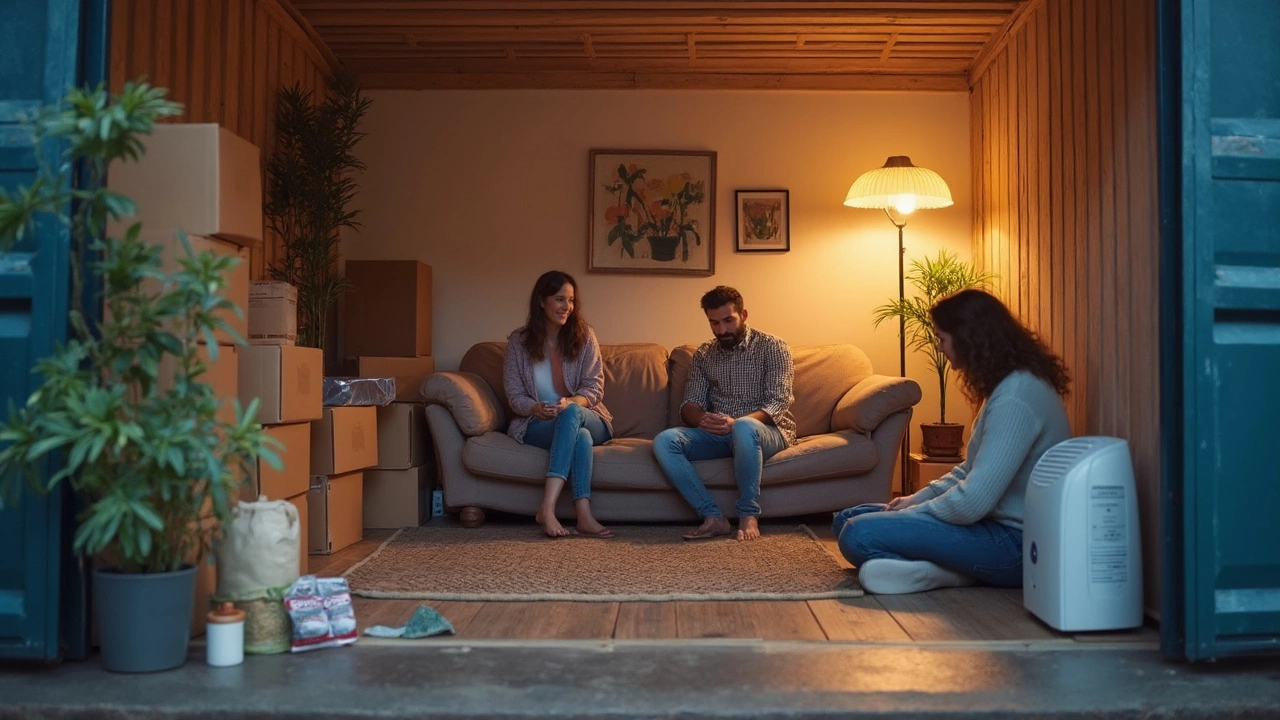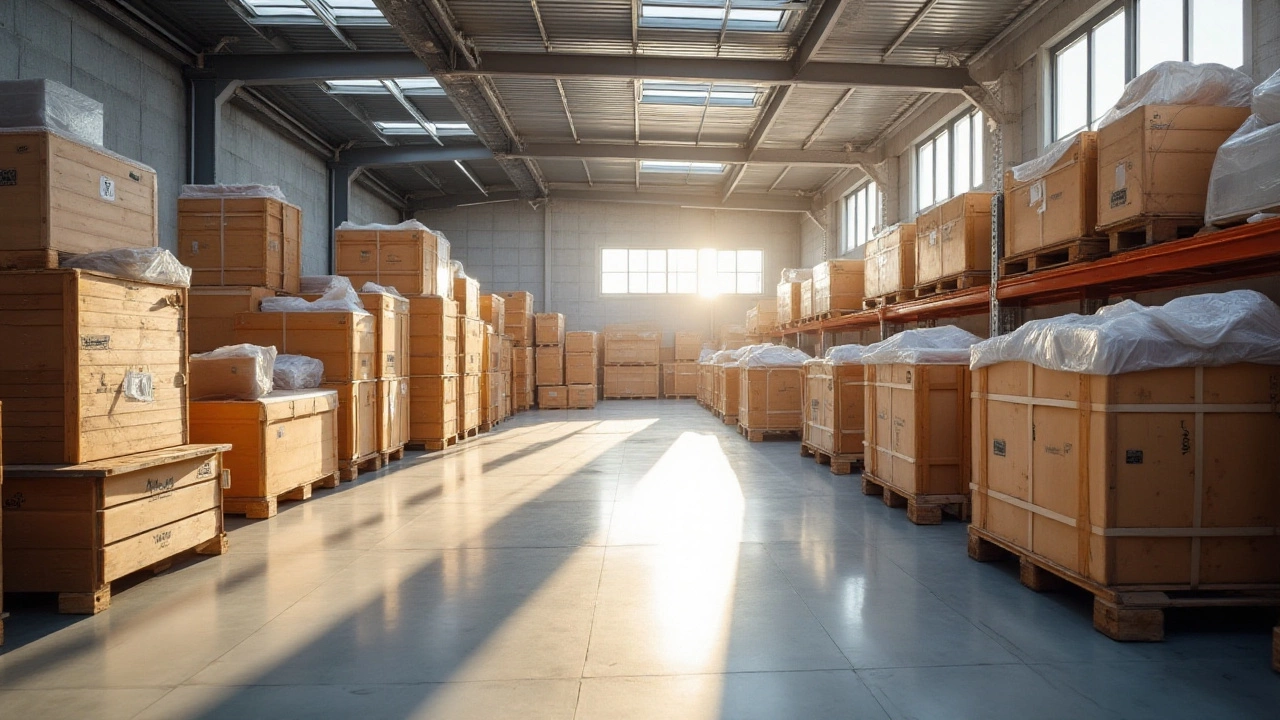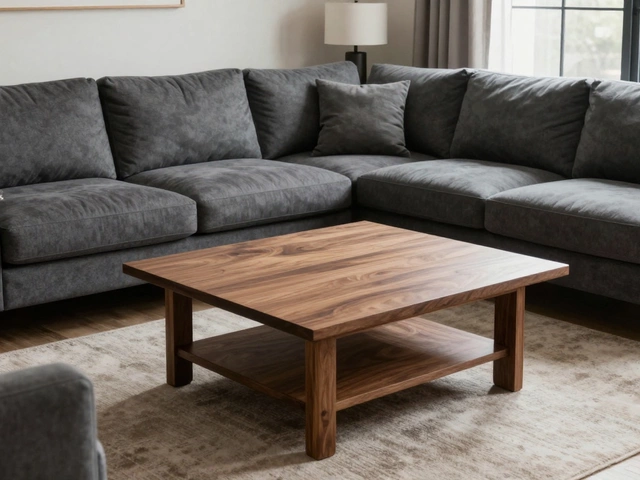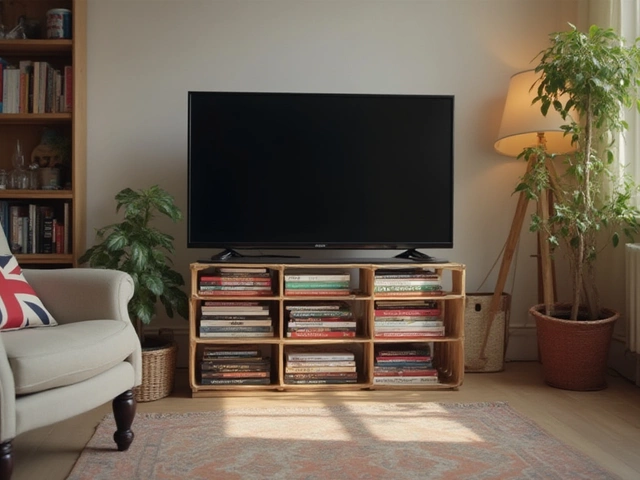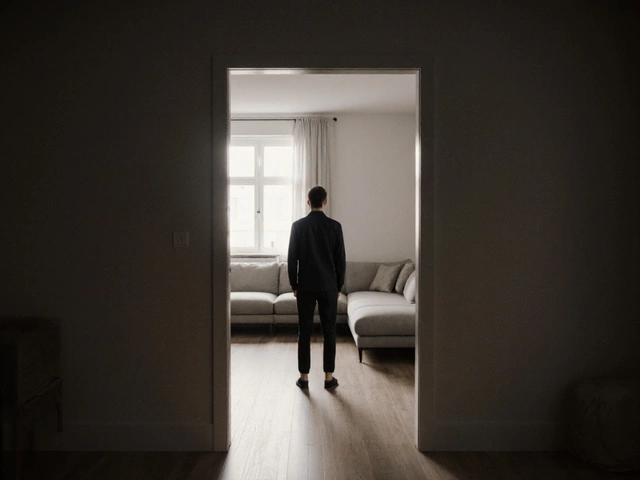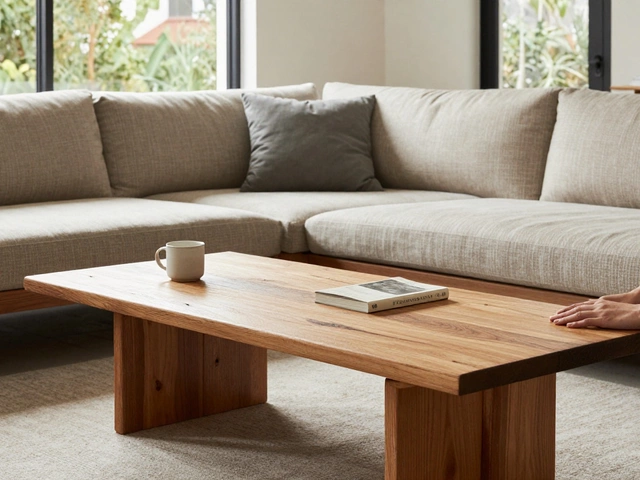Protect Furniture – Simple Ways to Keep Your Pieces Safe
Every classroom, office, or lecture hall relies on sturdy desks, chairs, and storage units. When you protect those items, they last longer and stay looking good. Below are the most useful habits you can start today, no matter how busy your schedule is.
Why Protecting Furniture Matters
Furniture in schools and offices takes a lot of abuse – heavy books, moving chairs, spills, and constant use. Ignoring small problems lets them turn into costly repairs or replacements. By taking a few minutes each week, you cut down on scratches, wobbling legs, and wasted money. Plus, well‑kept furniture creates a tidy environment that helps students and staff focus better.
Practical Protection Tips
1. Use Felt Pads or Glides. Place felt pads under the legs of chairs and desks that sit on hard floors. The pads stop scratches and reduce noise when items are moved.
2. Clean Spills Right Away. A wet surface can soak into wood or fabric and cause stains. Grab a cloth, blot the spill, and let the area dry before anyone sits down.
3. Rotate Seats Regularly. If a classroom has a set of chairs that stay in the same spot, they wear unevenly. Switch their positions every few weeks to spread the wear evenly.
4. Tighten Screws and Bolts. Wobbly legs are a safety risk. Keep a basic tool kit handy and check all bolts and screws once a month. Tightening them makes the furniture stable and prevents future damage.
5. Apply Protective Coatings. For wooden desks, a clear varnish or polyurethane finish adds a layer that resists scratches and moisture. Follow manufacturer instructions and reapply as needed.6. Use Chair Mats in High‑Traffic Areas. In office spaces where chairs roll a lot, a clear chair mat protects carpet or flooring and keeps the chair wheels running smoothly.
7. Store Extra Items Properly. When you need to store extra chairs or tables, stack them on a flat surface with protective blankets or cardboard between layers. This avoids dents and scratches.
8. Keep Weight Limits in Mind. Every piece of furniture has a maximum load. Posting weight limits on the underside of desks reminds users not to overload them with heavy equipment.
9. Avoid Direct Sunlight. UV rays fade fabrics and dry out wood. If possible, keep furniture away from windows or use blinds to limit exposure.
10. Teach Users Simple Care Rules. A quick reminder to push in chairs, not jump on desks, and report any damage can go a long way. When everyone knows the basics, the whole space stays in better shape.
Implementing these steps doesn’t require a big budget or lots of time. Start with the easiest tip – felt pads under legs – and add more as you go. Over a few months you’ll notice fewer scratches, steadier chairs, and a cleaner look throughout the building.
Remember, protecting furniture is an ongoing habit, not a one‑off job. Keep an eye on wear, act fast on spills, and involve the whole team. Your desks, chairs, and storage units will thank you with years of reliable service.
